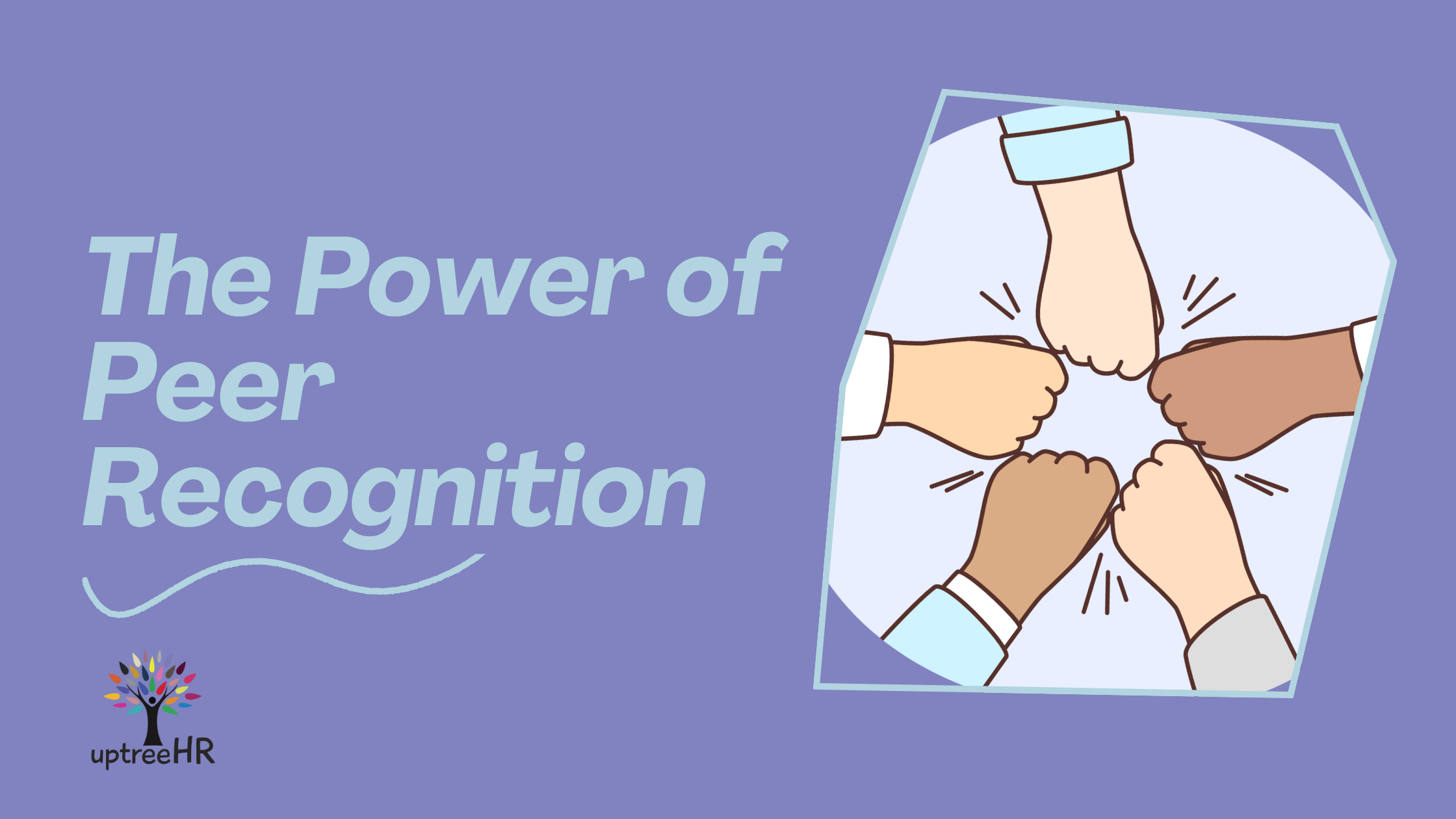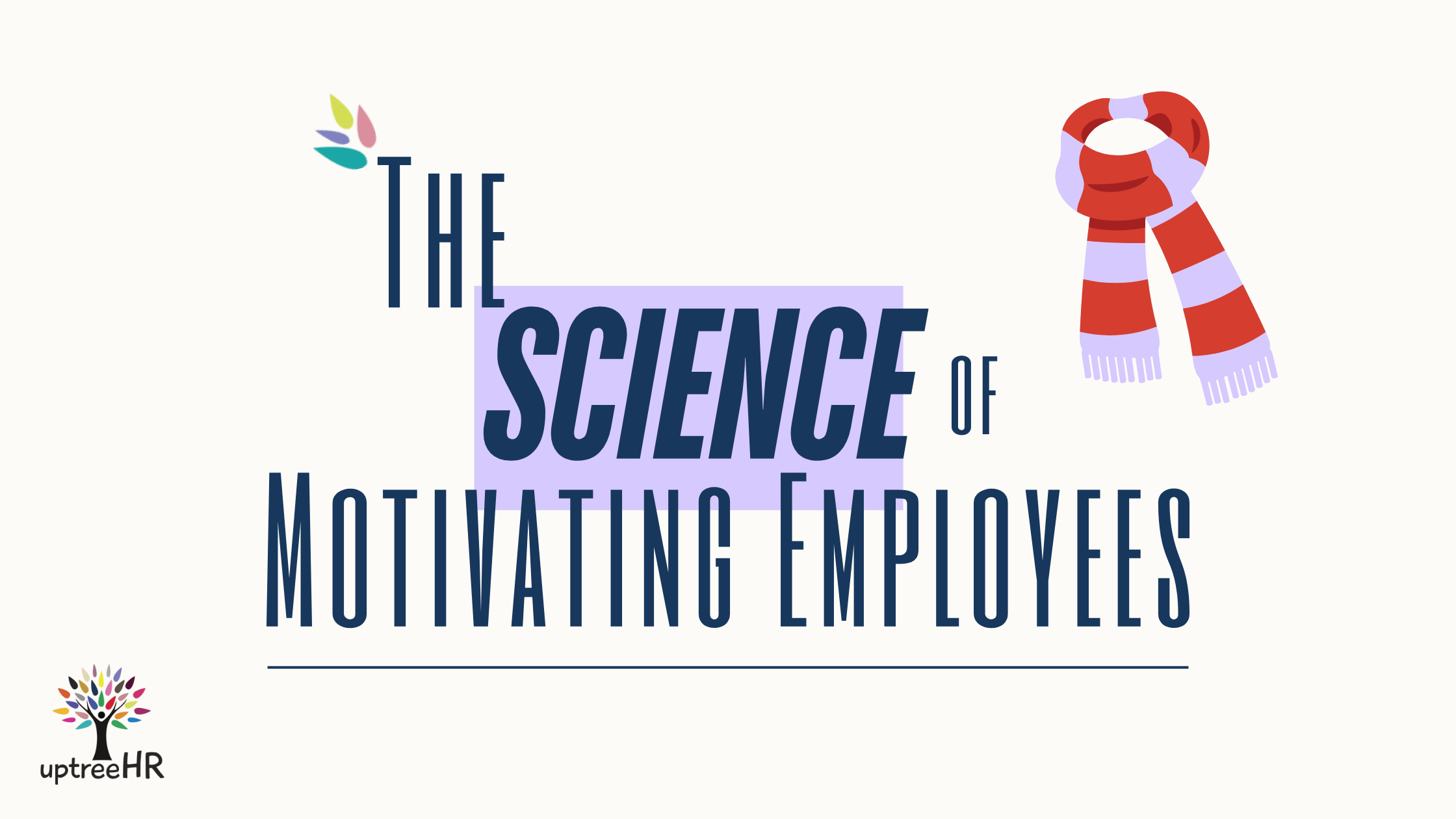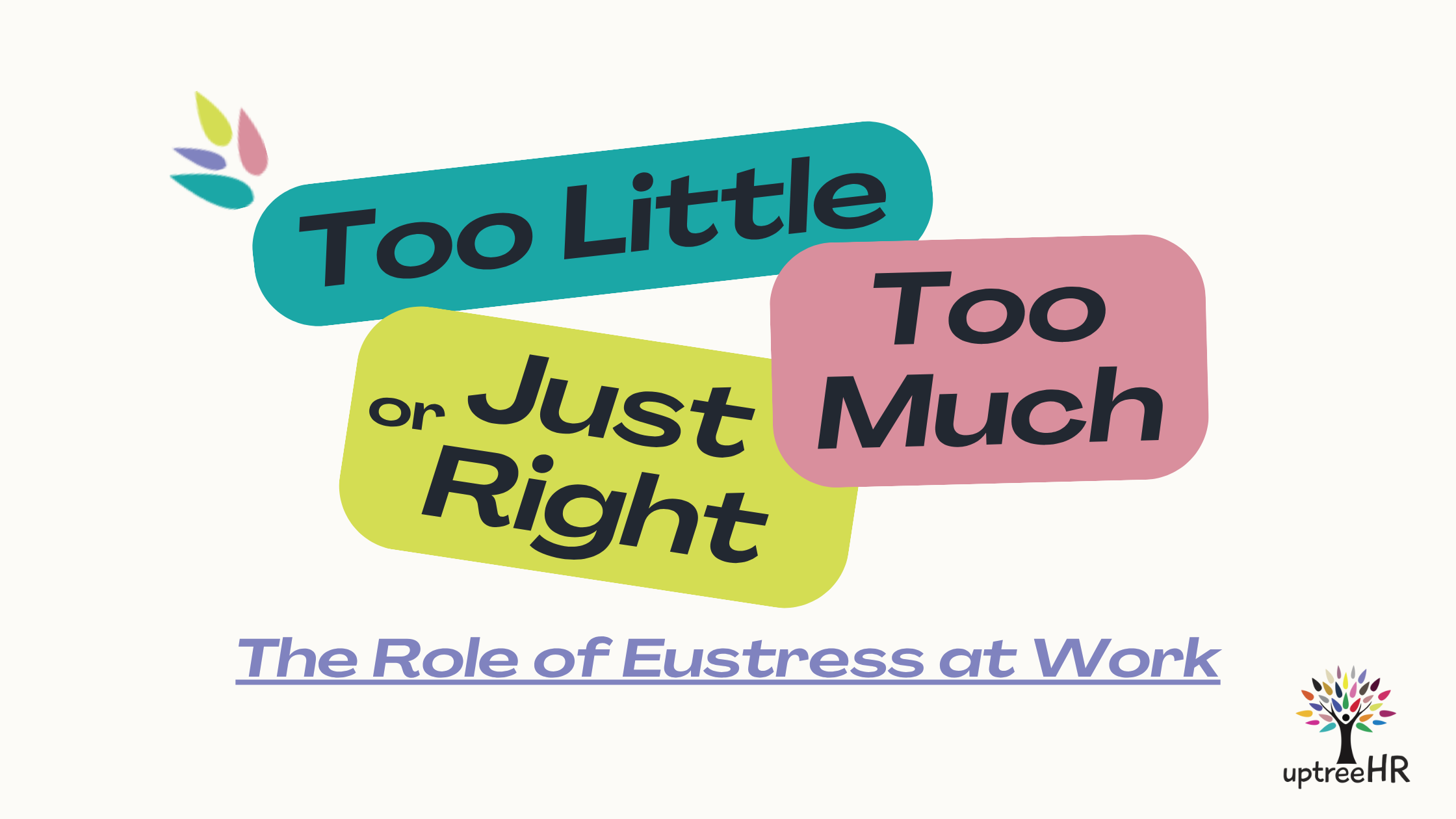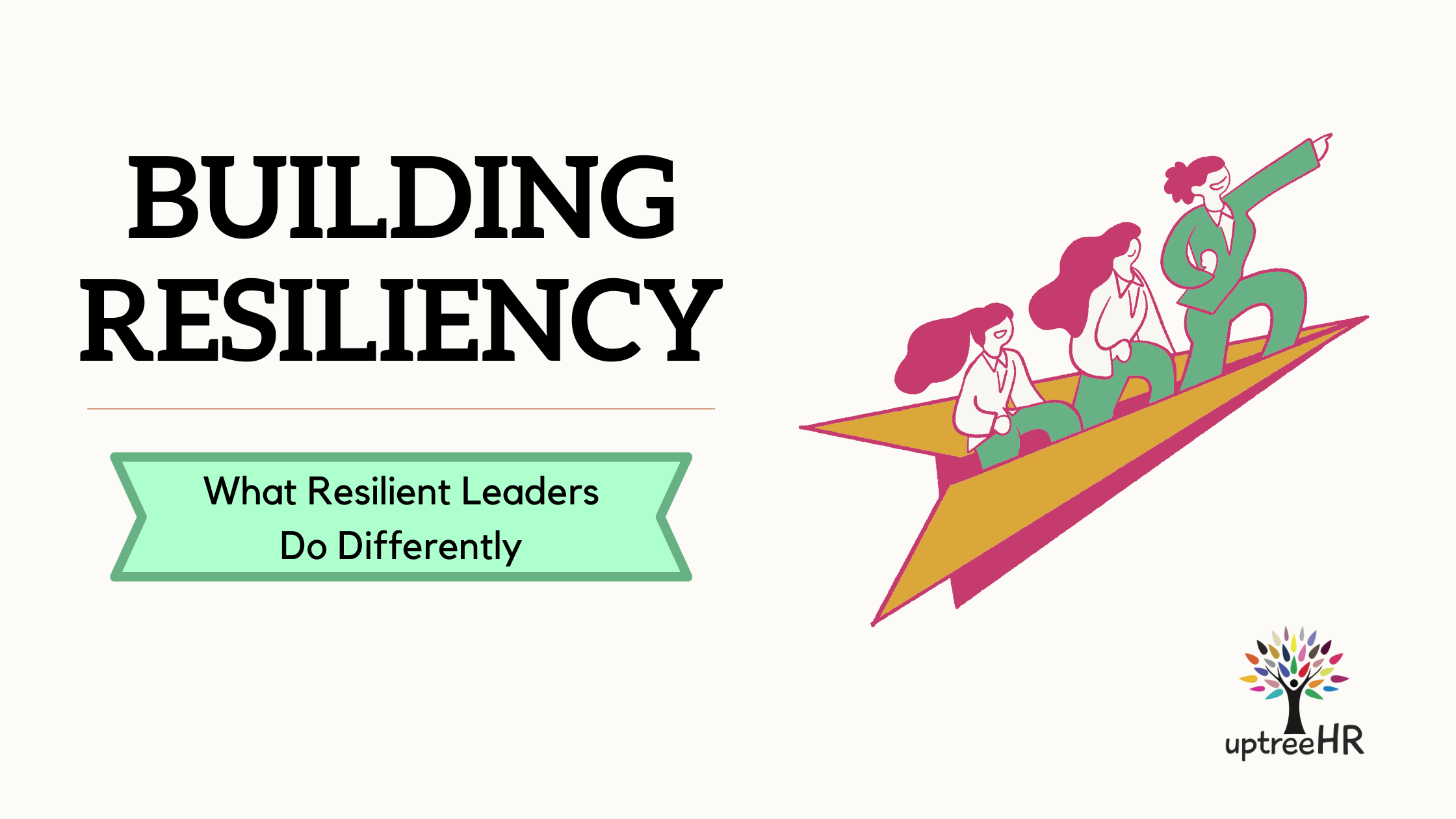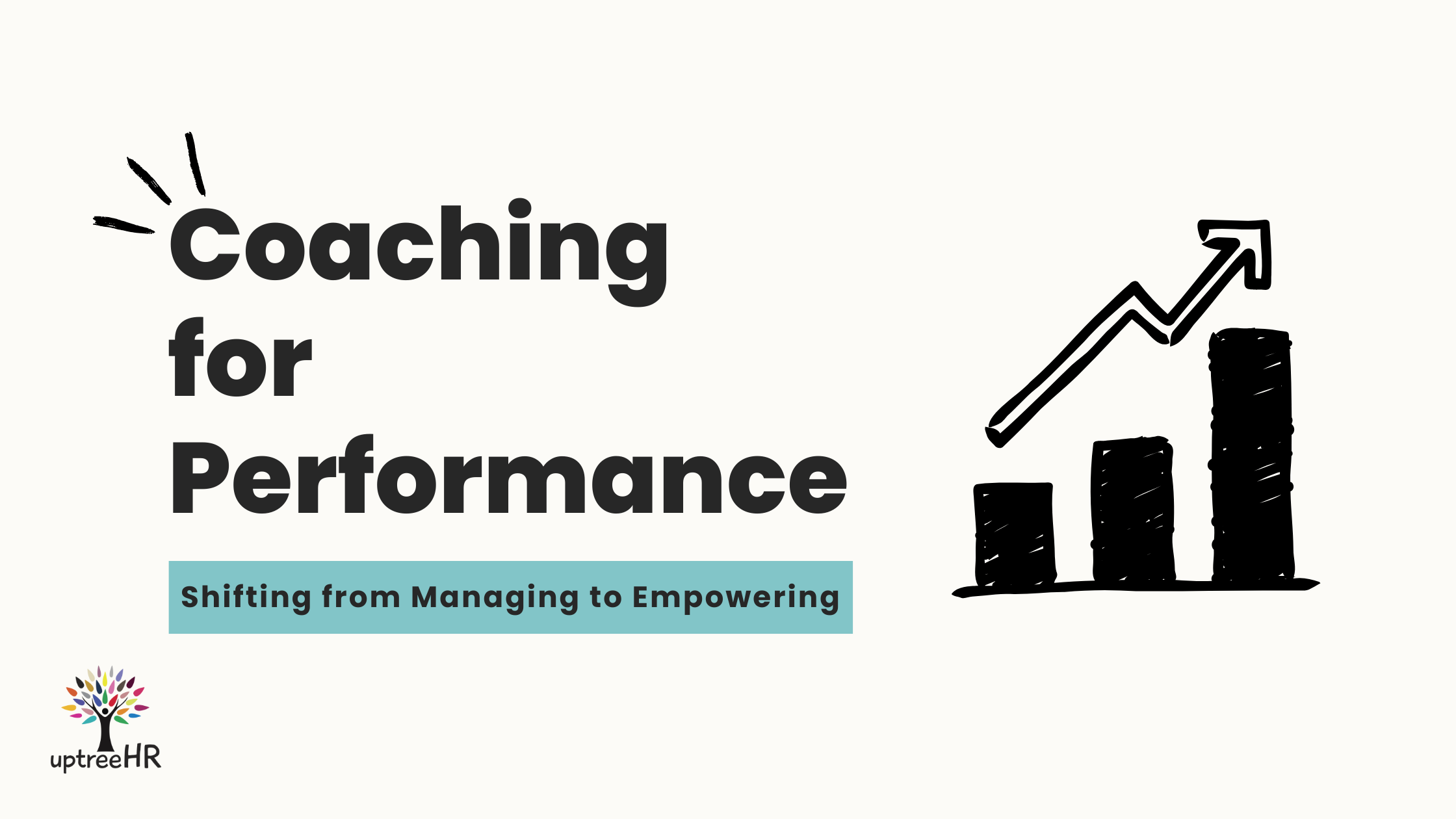
When I deliver team training on coaching for performance, I often start the session off with a question: Who here is familiar with the concept of coaching?
Almost every hand goes up; People mention their child’s soccer coach, their high school basketball coach, or even a personal fitness coach.
And yes, those are all coaches. But in the workplace, what does it mean for a manager to be a coach and what impact can it have on your employees’ performance?
Well, What Really is Coaching?
The best analogy I have that describes coaching is this: Coaching is a conversation, not a lecture. When employees come to us with questions, it’s natural to feel flattered:
They trust me. They value my expertise. They want my guidance. So, we do what feels helpful; We give advice, we tell them what we would do, sometimes we even solve the problem for them entirely. We can feel like this is coaching. How could giving employees advice be a bad thing?
Well, it’s not a bad thing. It’s just not coaching. Coaching is when you stop giving your employees the answers and start helping them find it on their own, even if it takes a bit more effort, time, and guidance to do so. Instead of saying, “here’s what you should do,” a coach asks, “what do you think is the best next step?”. Coaching means stepping back from directing and leaning into supporting.
Why Coaching Boosts Performance
When leaders coach, they:
- Help people solve problems on their own
- Build confidence and accountability
- Strengthen communication and decision-making skills
- Create a culture of trust and growth
In fact, a McKinsey study found that nearly 70% of employees say regular coaching conversations improve their performance. That’s a big deal!
So What Does Coaching Look Like?
The best coaches don’t have the “right” answers, they have the right questions. When an employee is struggling, try asking: “What part of this feels most challenging right now?”
When an employee is setting goals, consider asking: “What outcome would feel successful to you, and what’s one small first step?”
When someone directly asks for advice, you can respond with: “I have some thoughts, but before I share them, what options have you considered?”
These questions help employees think for themselves, and even more importantly, trust themselves. They cultivate a sense of ownership and accountability.
The End Goal
Realistically, at its core, coaching is an act of belief. It says, “I trust you to lead yourself.” When we stop giving our employees answers and start asking better questions, we can create workplaces where people take ownership and surprise themselves with what they’re capable of.
Certainly, coaching helps to improve performance, productivity, and the achievement of organizational outcomes. But it also empowers people to believe in their own capabilities. Isn’t that what true leadership is all about?
Addy Smith, CPHR is an HR Partner at uptreeHR, an outsourced Human Resource department for small to medium-sized businesses. Addy and the team are based in Halifax, Nova Scotia.
To book a complimentary 30-minute consult with uptreeHR, click here.
Leave A Comment
I recently facilitated a team-building session at an organization’s annual staff retreat, and one [...]
When we think about stress at work, our minds often [...]
Change has become the constant in today’s workplace. Whether it’s [...]

